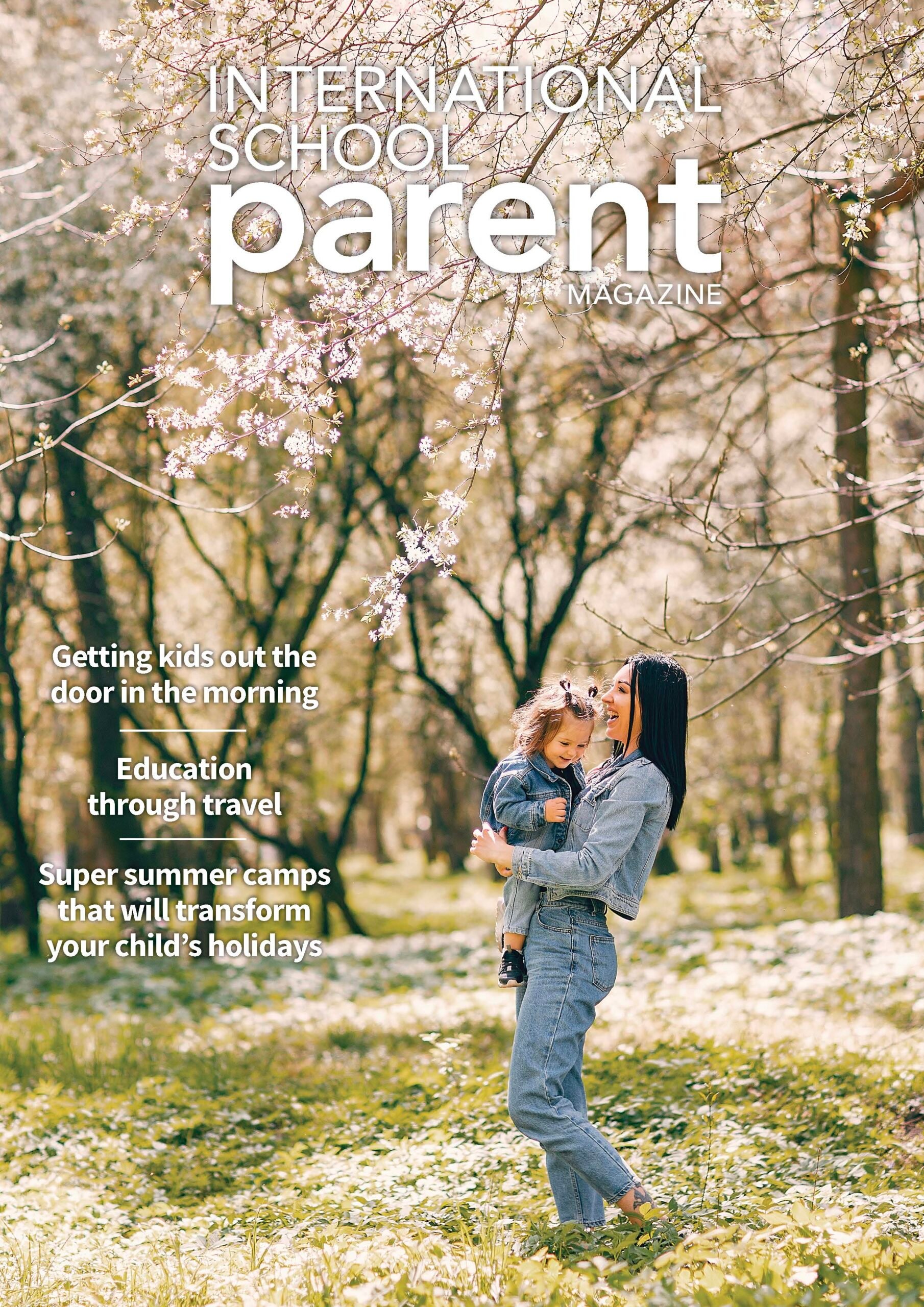Learning In and Beyond the Early Years Classroom
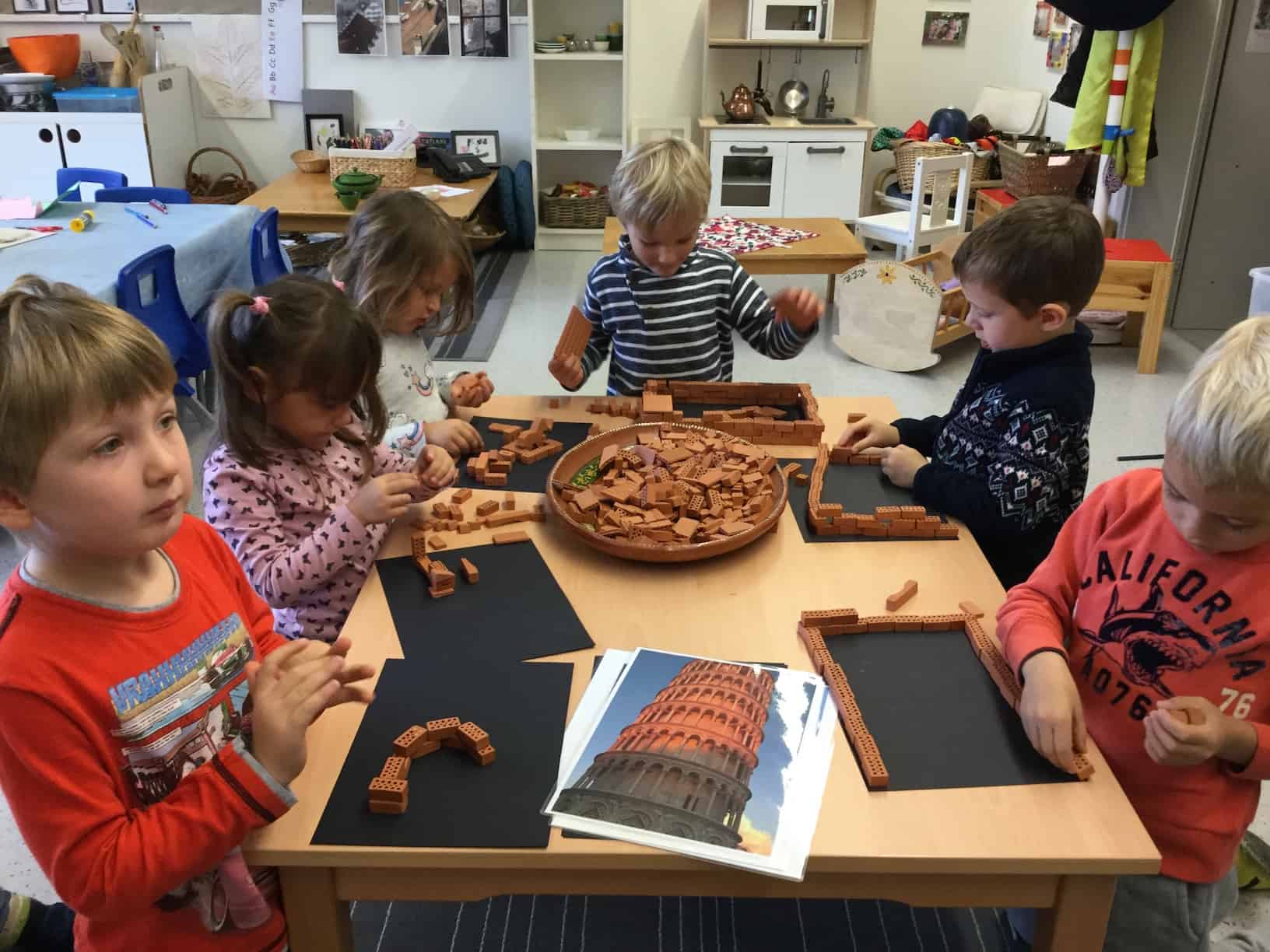
At ISZL we are always looking for ways to provide students with authentic, engaging and challenging learning experiences both in and out of the classroom. In Early Years 2, our ‘How the World Works’ unit provided many opportunities to inquire within and beyond the classroom.
We began our inquiries by studying the architecture of the buildings on the school campus. By sketching and comparing the different structures, the children started to think about the design features of the buildings. These initial observations gave the children many ideas about the purposes of buildings and how they come to life. The classroom environment was then prepared with a range and abundance of construction materials.
Over a number of weeks, the children worked collaboratively to explore how to build stable structures and to consider what features needed to be created to suit the purpose of the structures. At ISZL we place great importance on affording children the time and materials they need to revisit experiences to develop their ideas and theories, challenging their thinking and to inquire more deeply. With time, we observed the design of the children’s structures becoming more complex and symmetrical, and through reflecting on these designs, the children developed specific language to describe and evaluate their work.
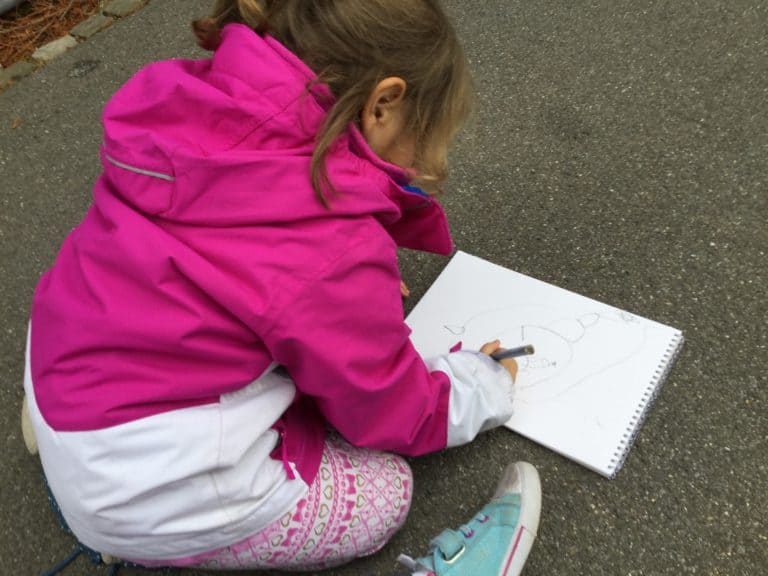 Throughout this unit of inquiry, we provided different art materials for the children to recreate their structures and this supported the children in translating their thinking and ideas from one form to another. We believe in offering children many ways to express their thinking and in developing the skills of working confidently and creatively with many mediums.
Throughout this unit of inquiry, we provided different art materials for the children to recreate their structures and this supported the children in translating their thinking and ideas from one form to another. We believe in offering children many ways to express their thinking and in developing the skills of working confidently and creatively with many mediums.
We are very fortunate to have access to inspiring outdoor learning spaces both on and off the school campus. During outdoor learning, we gave the children materials to explore creating structures on a larger scale. Some children explored making tents; some used large construction materials to construct buildings and bridge structures while others combined elements in creative ways to recreate famous buildings such as the Leaning Tower of Pisa. During our visit to the local forest, we were able to take a close look at many different bridges and experience the scale of these local structures.
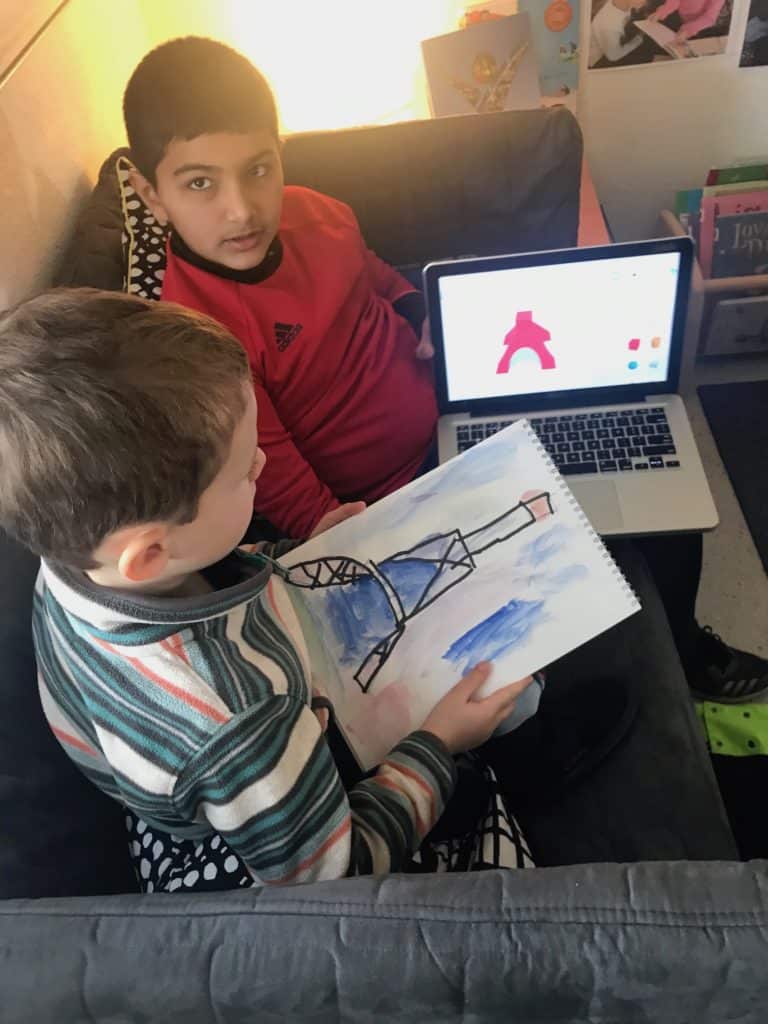
Connecting with the local community, all the children in EY2 visited the Zug clock tower. We were all eager to find out more about this historic building, so we began by accessing information from the Zug tourism website. Here we found out when and why it was built and other interesting details on the structure such as the story of the rat at the tower. When we visited the tower, we spent time looking at the outside of the building, trying to find the rat and sketching and making predictions about what we would discover inside. When climbing the tower, the children were amazed by the number of steps and the unusual objects inside revealing the story and history of the tower. The most exciting part of the visit was looking out over Zug from the top of the tower. The children pointed out landmarks and noticed how beautiful and ornate the surrounding buildings were.
Drawing on the experience of visiting and climbing up the Zug clock tower, the children became interested in building tower-like structures and finding ways to stack blocks to make the tallest tower possible became a new avenue of inquiry.
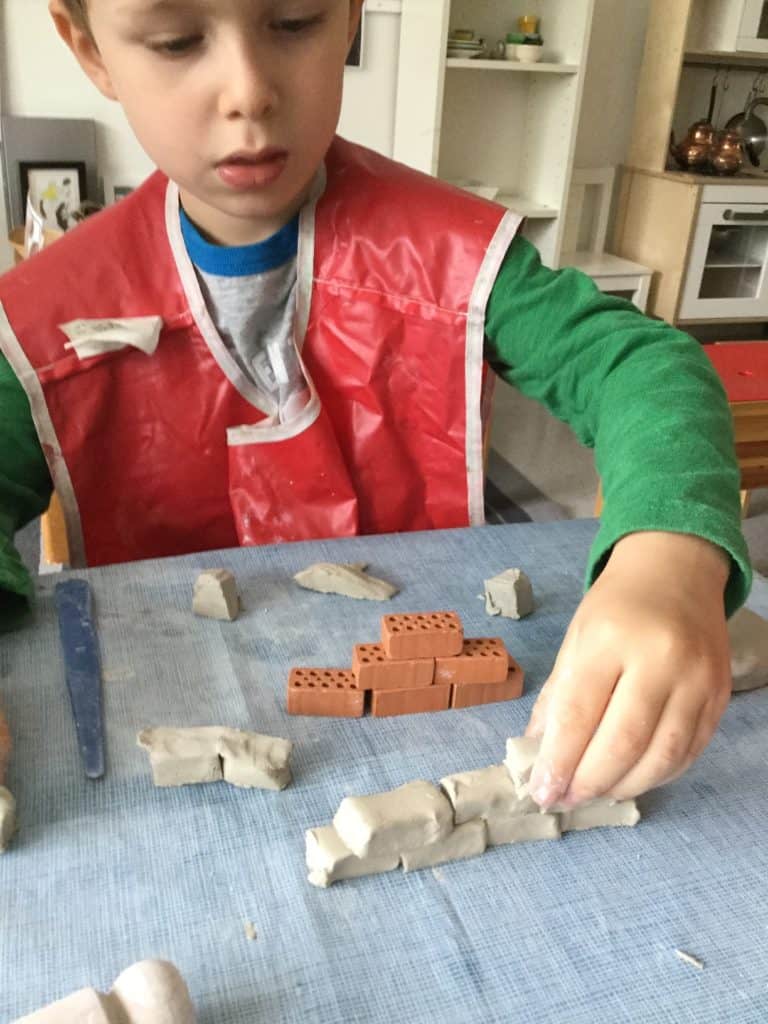
By the end of this unit of inquiry, the children were very confident in planning and building stable structures. Throughout the unit, both inside and outside the classroom, the children developed their observation and sketching skills by creating drawings of structures and translating their thinking from 3D to 2D. To conclude this unit of inquiry, we wanted to challenge the children to be able to explain the design and purpose of structures and to see structures being created differently. We were fortunate to work with students in the Grade 4 Tech club who came to our classrooms and showed the children how to use a web-based design tool to create an image of a tower or structure. The Early Years 2 children had to describe the shape, design and purpose of a structure they had sketched to their Grade 4 Tech buddy who then recreated this on the computer. Finally, the children were amazed to watch their 2D sketch be recreated and printed out using the 3D printer.
This unit of inquiry is just one example of how we offer a wide range of learning experiences both in and outside of the classroom to engage and challenge our youngest learners at ISZL. Learning indoors and outdoors, working with students from other grade levels and connecting with the local community provides our students with many rich and meaningful opportunities for authentic inquiry.
About the Author
Sarah Osborne: ISZL Early Years Teacher and Team Leader
Sarah Osborne is an Early Years specialist who teaches at ISZL in Early Years 2 and leads the teaching team for this grade.
More from International School Parent
Find more articles like this here: www.internationalschoolparent.com/articles/
Want to write for us? If so, you can submit an article for consideration here: www.internationalschoolparent.submittable.com
